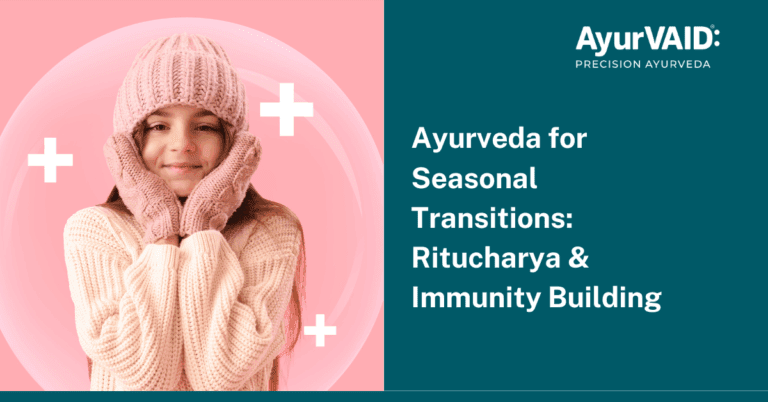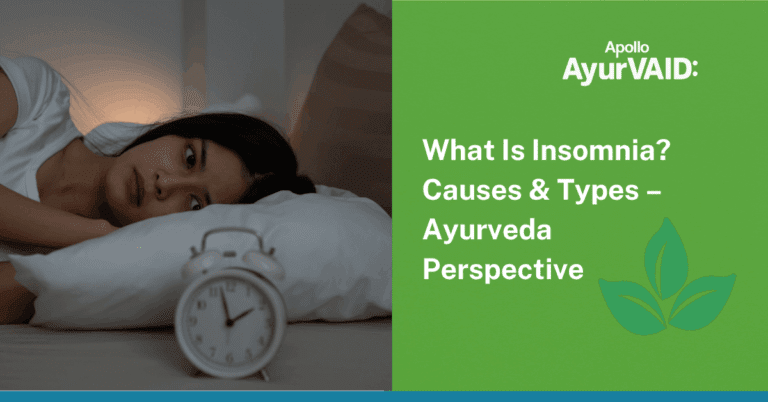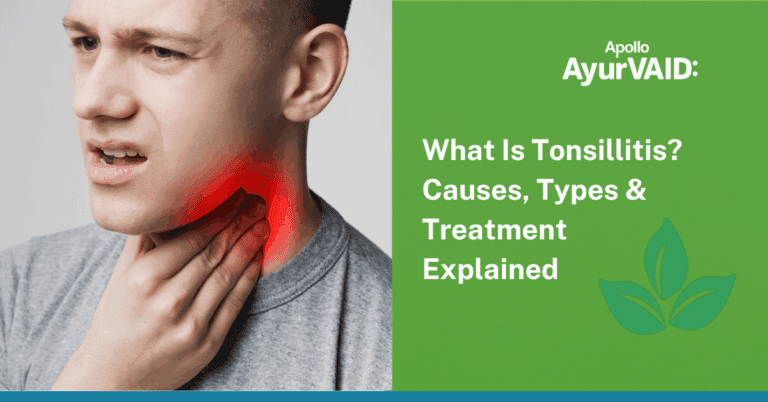World Lung Cancer Day, observed on August 1st, is a gentle call to awareness, compassion, and hope. What is lung cancer? It is a condition where abnormal cells grow in the lungs, often quietly. But today, more than ever, we have the tools and knowledge to catch it early and treat it effectively. Early symptoms of lung cancer—such as a persistent cough, breathlessness, or unexplained tiredness—may seem ordinary, but recognising these lung cancer symptoms and signs of lung cancer early can make a world of difference.
This day is not about numbers or fear—it’s about shining a light on the importance of early detection, the courage of the fighters, and the emerging developments in treatment. With timely diagnosis, empathetic treatment, and support from all, there is genuine hope for recovery and healing. Let August 1st stand as a reminder that awareness saves lives—and that no one must walk this path alone.

What is lung cancer?
It is a malignant tumor that starts in the lungs and is caused by abnormal growth of lung cells. It has two forms: non-small cell lung cancer (NSCLC), which occurs in 85% of cases, and small-cell lung cancer (SCLC), which is more dangerous but rarer.
Risk factors include smoking, secondhand smoke, air pollution, radon gas, asbestos, and having a family history of the illness.
Most of the time, lung cancer symptoms will not occur until the cancer is advanced. But recognising early symptoms of lung cancer is important in leading to early diagnosis. A cough that does not disappear or increases over time is usually one of the first and most common signs. Other early symptoms of lung cancer may also be coughing up blood (hemoptysis), pain or discomfort that may become worse with deep breathing, laughing, or coughing, and shortness of breath or trouble breathing. Unplanned weight reduction, fatigue, diminished appetite, and recurrent respiratory disease like bronchitis or pneumonia are also major signs of lung cancer. It should be remembered that these symptoms of lung cancer may coincide with other diseases, and so professional medical examination is a must for correct diagnosis.The integrative approach in treating this condition is beneficial.
This allows to conjoin Ayurveda wisdom with modern methods towards a more holistic and individualised model of cancer management through prevention, treatment, and survivorship.
As a pioneer in cancer treatment using Ayurveda, AyurVAID’s Integrative Cancer Care (ICC) integrates Ayurveda treatments with mainstream management to optimise functional health, side-effect management, and long-term survivorship. It also features specialised care for treatment of 3rd-stage cancer and 4th-stage cancer.
Ayurveda Perspective on Lung Cancer
Ayurveda defines Arbuda, which is a closely related condition of solid tumours. Arbuda is understood to be a huge, hard, immovable swelling or lesion arising due to imbalance in all three Doshas, mainly Vata and Kapha, and Mamsa (muscle tissue) and Rakta (blood). It causes abnormal growth of tissue and blockage of body channels.
Though in traditional Ayurveda texts there is no clear mention of non-solid tumours like leukaemias or lymphomas, some diseases can be reassigned to fit with these clinical pictures, e.g. Halimaka (like liver or blood cancer), Raktapitta (like acute leukaemia), and Gulma (like lymphomas).
Ayurveda considers such diseases as results of deranged Doshas, obstructed channels (Srotas), and compromised tissues (Dhatus) but not merely structural alterations. It also focuses on the contributions of poor digestion (Agni), systemic imbalances, and inflammation.
This view is especially important now, with contemporary oncology increasingly acknowledging the involvement of inflammation, immune dysregulation, and metabolic disturbances in cancer biology.
The main aim of Ayurveda is to balance the doshas and rectify root imbalances involving Pranavaha Srotas (disturbed respiratory channels).
Ayurveda Approach to Lung Cancer Management
Ayurveda can be provided as adjunct therapy together with standard therapy for lung cancer to manage the cancer, prevent or minimise its spread, and enhance survival and quality of life. This integrative strategy combines conventional cancer therapy with Ayurveda interventions.
The therapeutic approaches in Ayurveda for symptom management of lung cancer are:
Dietary advice typically centres on meal timing with fruit, salads, and millet meals to deal with the very cause of Ama (toxins), induce cleansing, and also build immunity.
Lifestyle advice consists of meditation, routine yoga practices, sound sleep, and brisk walks to enhance circulation.
Panchakarma treatments such as Parisheka with Dhanyamla, Shirodhara with certain oils, Udvartan with Churna, Mata Vasti with certain oils, Patra Pinda Sweda, and Niruha Vasti with decoctions are selected based on the complaints of the patient, suitability and after assessing the dosha imbalance.
Ayurveda formulations with Shodhana (detoxification), Pachana (digestion), Agni Vardhana (strengthening digestive fire), Rasayana (rejuvenation), Dosha Shamana (Dosha balancing), Ama Shodhana (elimination of toxins), Shothohara (anti-inflammatory), Balya (strength), Ojovardhaka (vitality-enhancing), and Nidrajanana (sleep-promoting) actions are used. These multi-component compounds function synergistically to Dosha balance, rectify metabolism, counteract toxins, and augment immunity.
Promising Outcomes of Integrative Management
Below are the 2 cases showcasing the possible advantages of combining Ayurveda treatment with mainstream cancer treatments, managed at Apollo AyurVAID.
Patient 1: Mr. V B (52 years)
Chief Complaints: Dry cough, change in taste, weakness, and pain in upper back and chest, linked with metastatic adenoid cystic carcinoma.
Diagnosis: Metastatic Adenoid Cystic Carcinoma (Floor of Mouth) with Lung and Liver Metastasis
- The patient had already undergone oncological treatment for metastatic carcinoma.
- He was observed at a post-treatment phase of cancer, wherein symptom control and enhancement of quality of life were the goal.
Treatment Duration: 6-day inpatient therapy + follow-up treatment
- The main Ayurveda treatment was based on Rogabala-Vyadhibala Shamaka Chikitsa (disease and symptom burden management) and gave prominence to:
- Vata-Pitta Shamana for managing pain, cough, and asthenia
- Srotoshodhana (channel cleaning) for digestion and detoxification
- Rasayana support for nutrition and immunity
Major Therapies Administered
- Nasya: Nasal instillation of medicines to alleviate respiratory and head–neck symptoms
- Sthanika Pichu & Dhanyamla Dhara: Local applications to eliminate inflammation and pain in the face and throat
- Padabhyanga: Soothing oil massage to the foot to regain vigour and sleep
- Internal medicines were also prescribed.
Key Outcomes
| Parameter | Before Treatment | After Treatment |
|---|---|---|
| Cough | 14–15 times/day (dry, mostly at night) | 2–3 times/day |
| Taste | Bitter, salty, altered taste | Taste improved, appetite returned |
| Appetite | Poor | Good |
| Fatigue | Grade 2 | Grade 1 |
| Back Pain | VAS 6–7/10 | VAS 2–3/10 |
| Chest Pain | VAS 5/10 | Occasional, mild |
| Sleep | Disturbed, 4 hrs/night | 5 hrs sound sleep, better sleep onset |
| Energy | Low | Moderate |
Patient 2: Smt. S (57 years)
Chief Complaints: Non-healing surgical wound, cough, poor sleep, and loss of appetite due to metastatic breast cancer with pulmonary involvement.
Diagnosis: Metastatic Breast Cancer with Lung Metastasis
- She was a treating oncology patient, receiving current medical treatment for metastatic breast cancer, including surgery. Had a non-healing wound for 2 years with occasional discharge.
Treatment Duration: Long-term outpatient care (January to July 2022)
Treatment Principle
- Ayurveda care was supportive and restorative, aiming at enhancing strength and controlling symptoms, based on:
- Tridosha Shamana (primarily Vata and Pitta)
- Vrana Ropana (wound healing)
- Nidra-Bala-Agni-Prasada (restoring sleep, energy, and digestion)
- Metabolic balance & Rasayana support
Therapies Administered
- Internal: For cough and inflammation to give relief along with increasing immunity and prevention of infection
- External application of medicated decoction and ghee: Used for cleansing and healing of wounds
- Padabhyanga: Good for relaxation and to support sleep
Key Outcomes
| Parameter | Before Treatment | After Treatment |
|---|---|---|
| Cough | High frequency | Low frequency |
| Appetite | Poor | Very Good |
| Sleep | Severely disturbed (1–2 hrs to fall asleep, 4–5 hrs total) | Falls asleep in 20–30 mins, 5–6 hrs restful sleep |
| Fatigue | Grade 3 | Grade 1 |
| Body Pain | Generalised body aches | Minimal pain |
| Wound Healing | Persistent discharge, non-healing | Dry lesions, healing visible |
| Energy Levels | Low | Improved |
These results imply that the integrative approach has a synergistic effect, improving survival and quality of life by controlling symptoms and possibly affecting disease control. Individual responses may vary; they highlight the possible complementary role of Ayurveda in improving the day to day activity and life expectancy of cancer patients.
By developing awareness, encouraging the early recognition of lung cancer symptoms and signs, and assisting with whole-person, integrative care, we can strive to advance outcomes and quality of life for individuals living with lung cancer.







